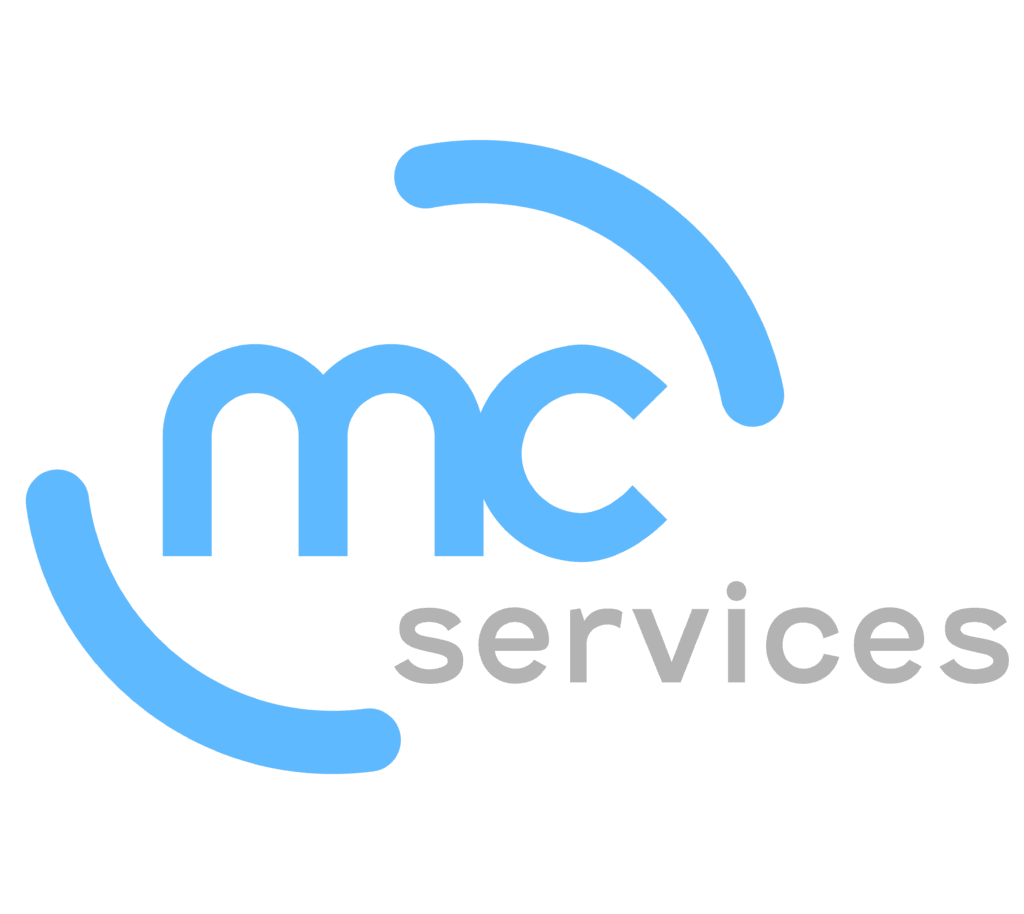Many Mac users, whether individuals or organizations, wrestle with the question of when to replace their current Macs. Limited budgets or funds, plus multiple machines on the business side, oblige users to consider several factors when contemplating an upgrade.
At some point, you might feel as though your Mac’s battery life is not sufficient for your needs, or your Mac is crashing more often. Maybe your Mac is operating too slowly—you see the spinning beach ball frequently and tasks are taking longer to complete—or you are shuffling files around to deal with low disk space on the start-up drive. Sometimes problems like these can be solved by reinstalling macOS and apps from scratch, but this solution is far from guaranteed (and a lot of work).
You may also find that Apple’s macOS and repair support have decreased for your Mac. Apple provides security updates for the two versions of macOS before the current one; if your Mac is unable to upgrade such that it stays within this update circle, it will become more vulnerable to security threats. Additionally, Apple only guarantees that it will provide parts and service for products within 5 years of when Apple last distributed them for sale. After that, Apple will repair products for the next two years subject to parts availability. Apple will not fix products pulled from the market more than 7 years ago, apart from Mac laptops that have an additional, battery-only repair period.
The more physical damage that your Mac has, the more likely it is that something else will go wrong. Macs are fairly durable though, often running even with a cracked screen, sticky keys, or a dented case. And while their resale value remains relatively high at 3-5 years old, performance may start to decline then, resulting in lost productivity due to downtime for repairs.
Keeping these variables in mind, we would like to offer replacement recommendations for different audiences:
- Large-fleet organizations: Rather than spend time considering each employee’s needs in the context of what Mac they have, create a policy for replacing Macs on a 3-to-5-year schedule, which can be built into your annual budget.
- Small-fleet organizations: Stick with the same 3-to-5-year timeframe, but use the schedule as an impetus to periodically evaluate a user’s needs, and then either replace the Mac or set the next evaluation date. Macs may end up being replaced slightly less often or handed down.
- Creatives and freelancers: Pay regular attention to whether your Mac is meeting your needs, and as soon as you start noticing issues, watch Apple’s releases to determine what new Mac will be the best replacement. You might consider saving a small amount each month with the idea that you will have enough to buy a new Mac about the time the old one needs replacing.
- Home users: Once your Mac can no longer run a supported version of macOS (and thus receive security updates), or if it starts to need hardware repairs and repeated consultant visits, it is time for a replacement. Until then, as long as the Mac meets your needs, there’s no harm in using it for 8 years or more.
Sometimes it is easy to delay a new Mac purchase because none of the Macs seem quite right. Other times, the exact Mac you want will be released just when you need it. When you’re dealing with a fixed budget and there’s no money for a new Mac, remember the used market can yield bargain prices. Whether you are thinking about replacing your personal Mac or those in an entire department, feel free to contact us for help putting together a replacement schedule.
